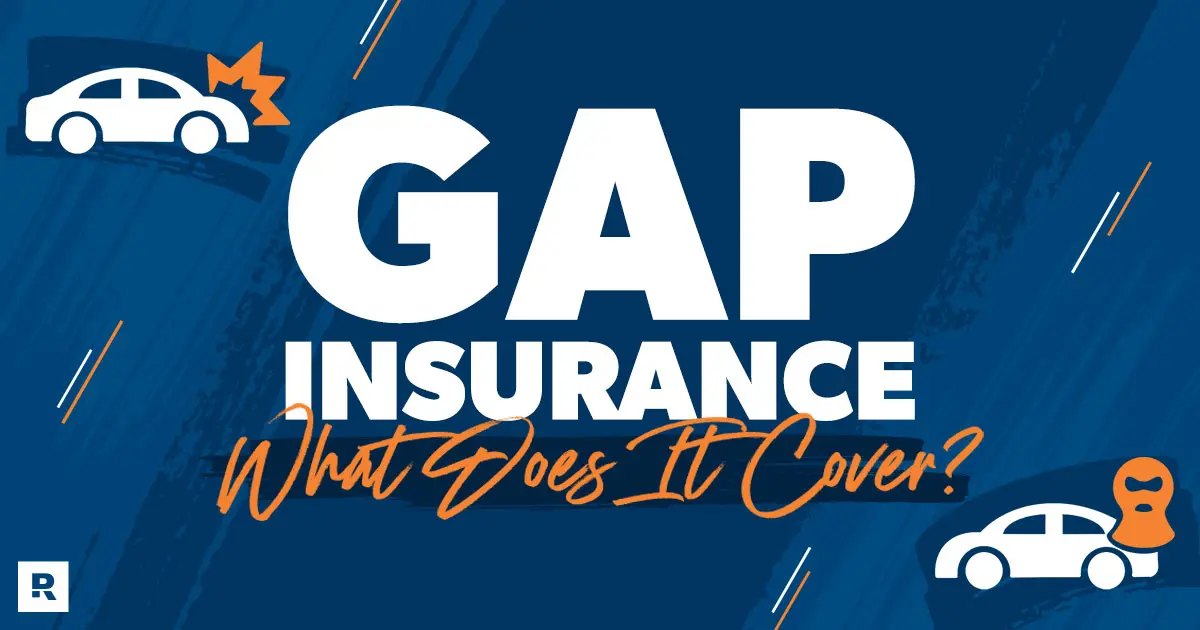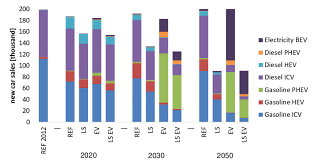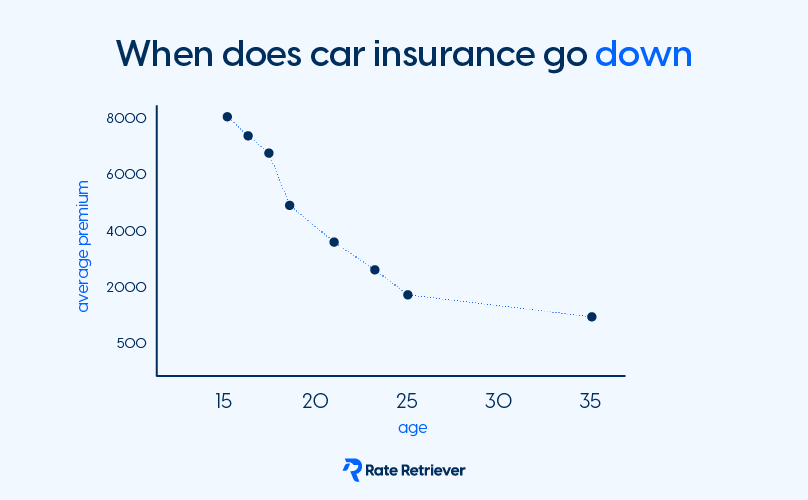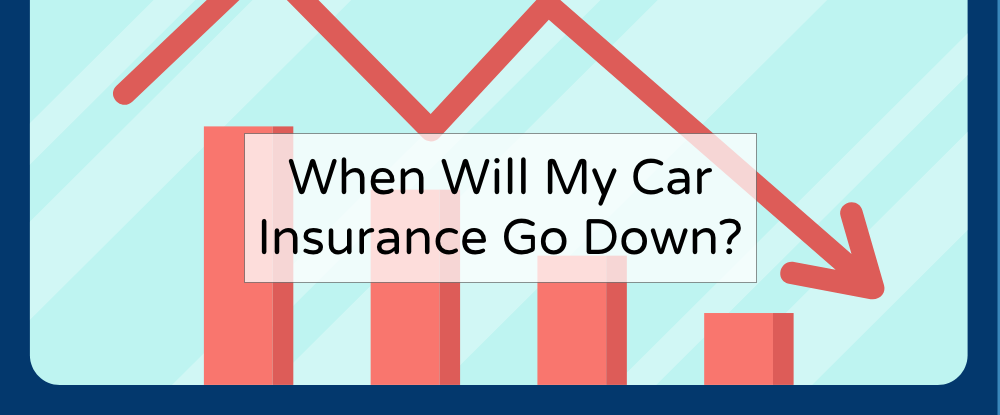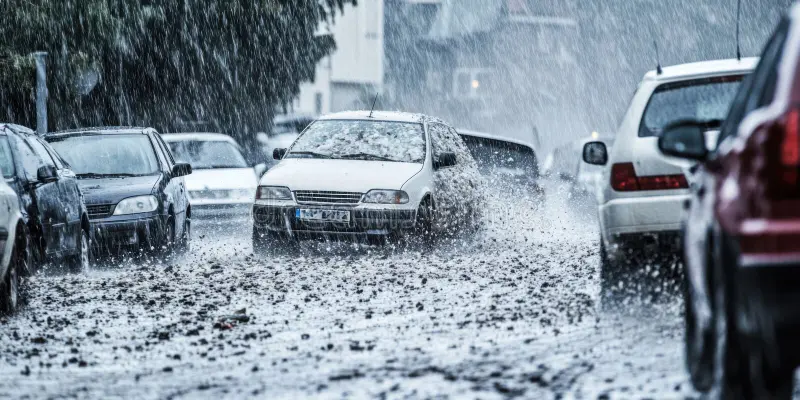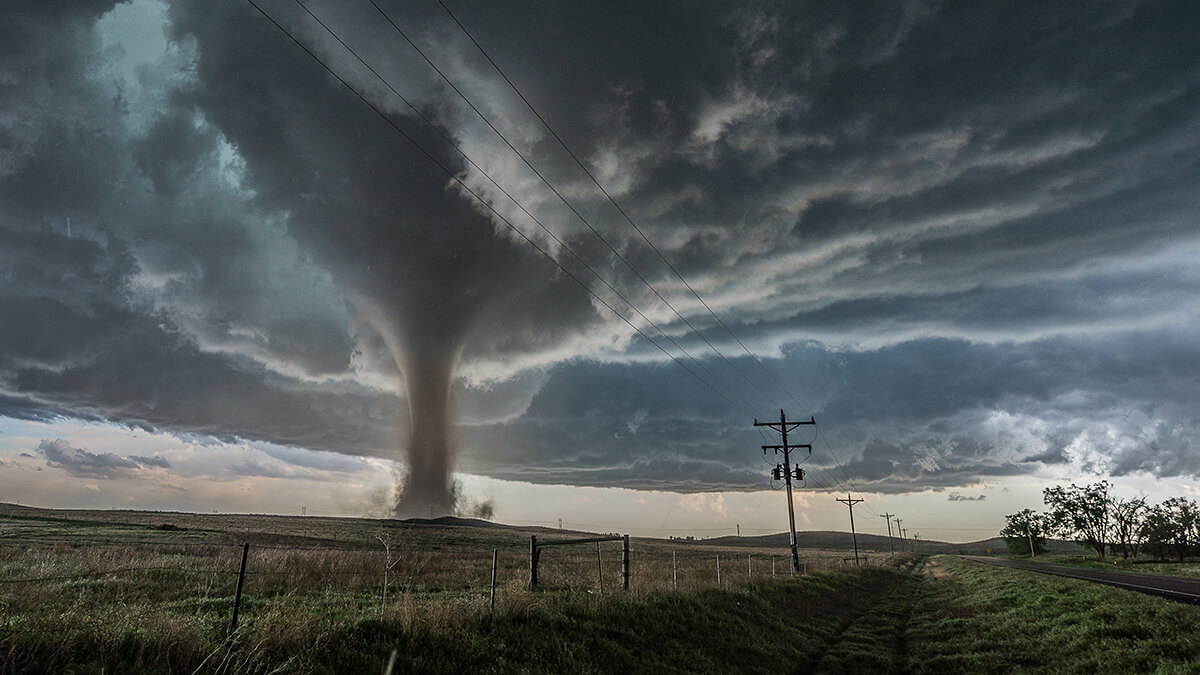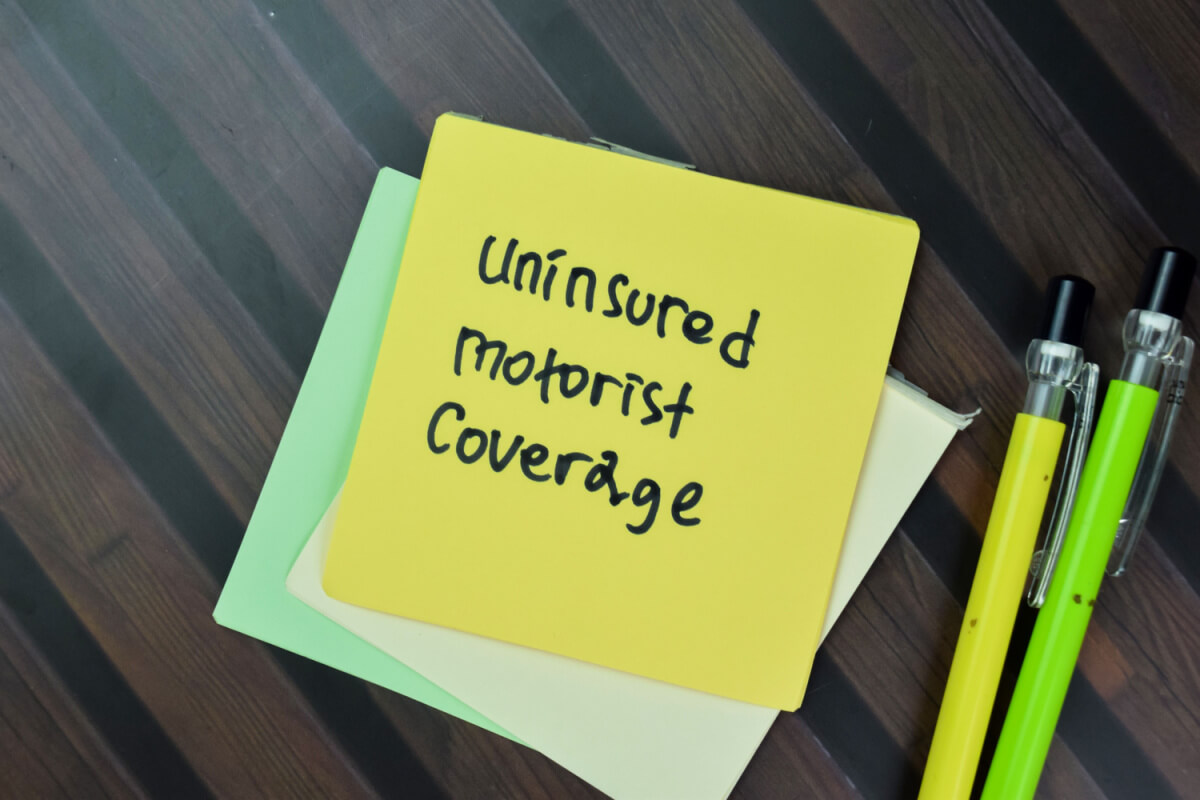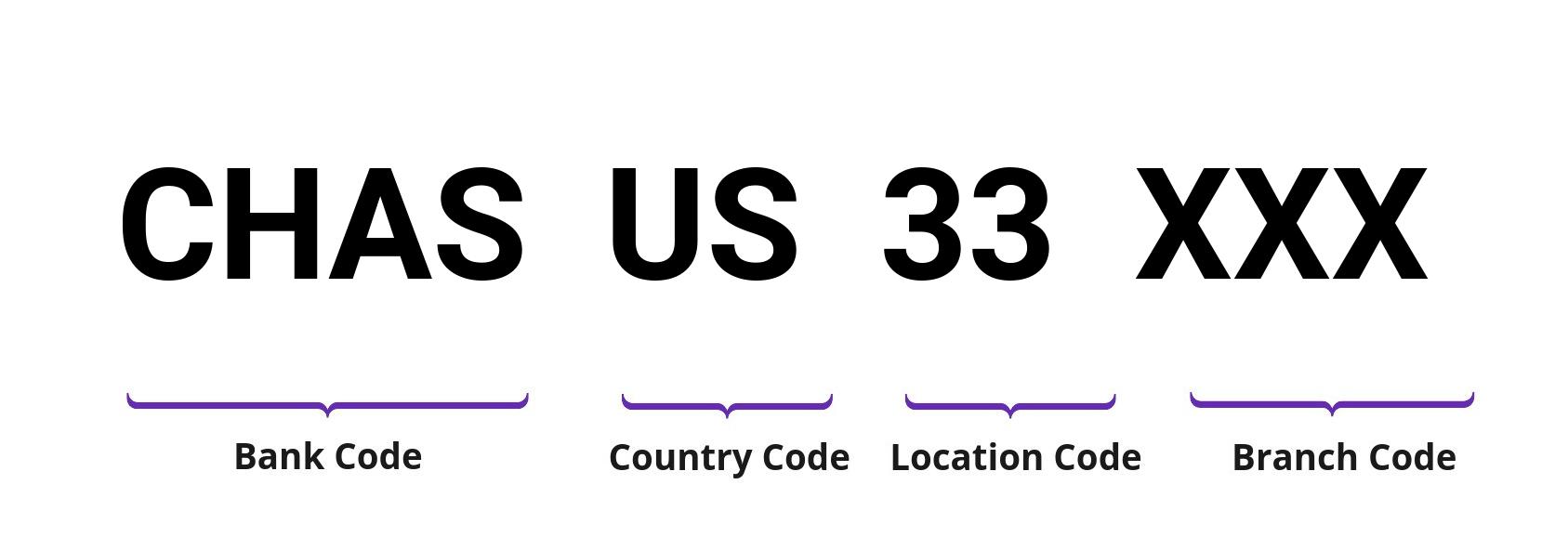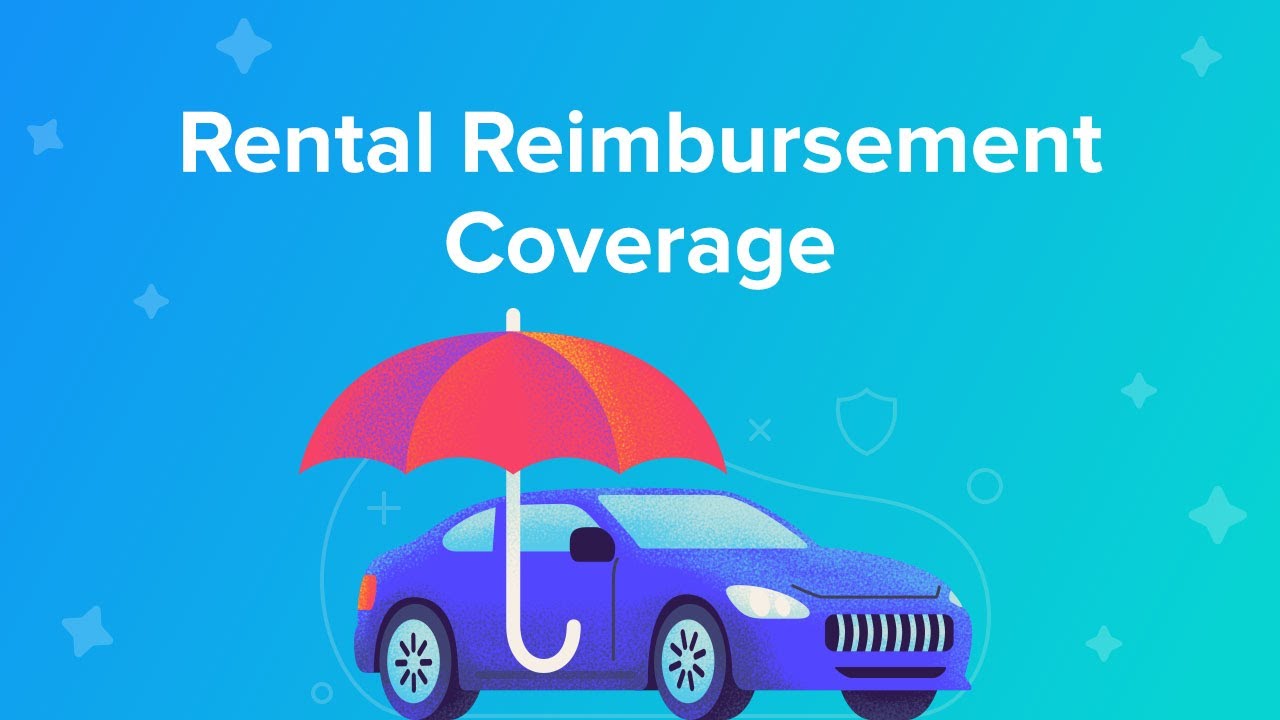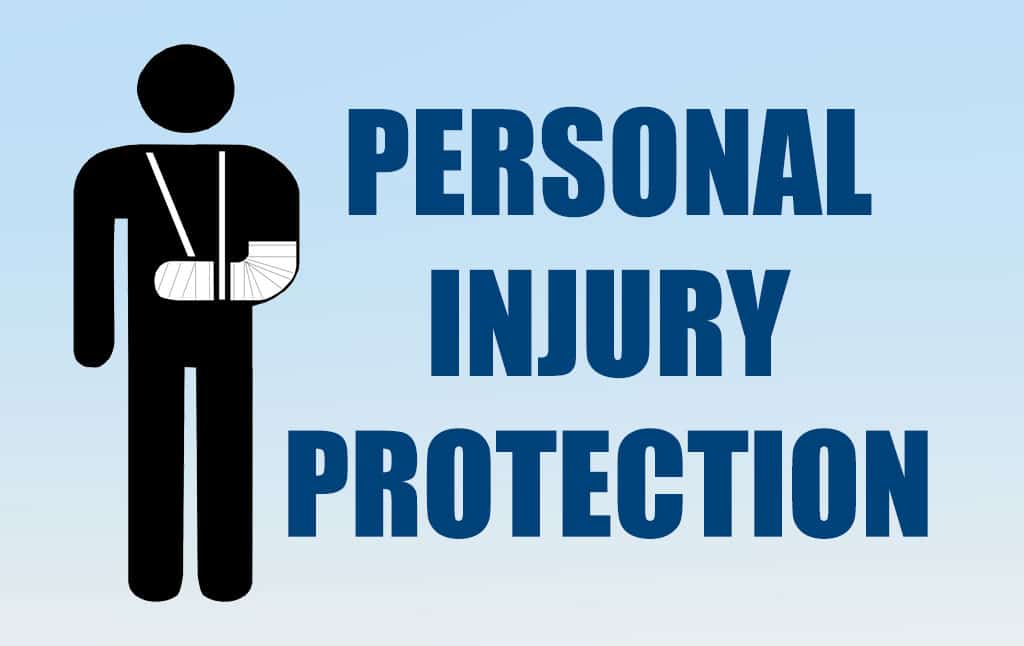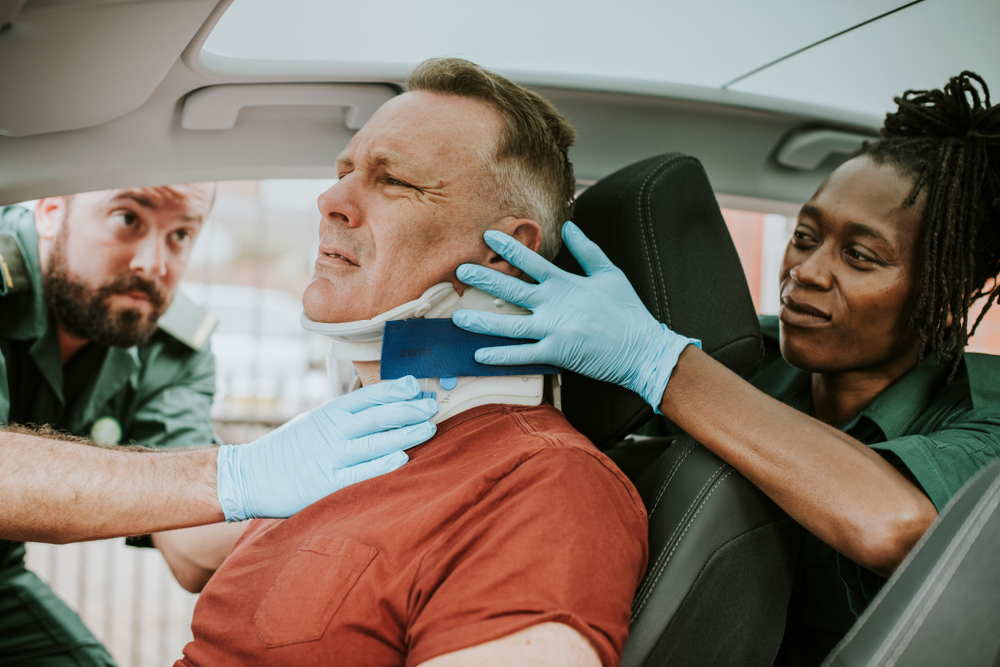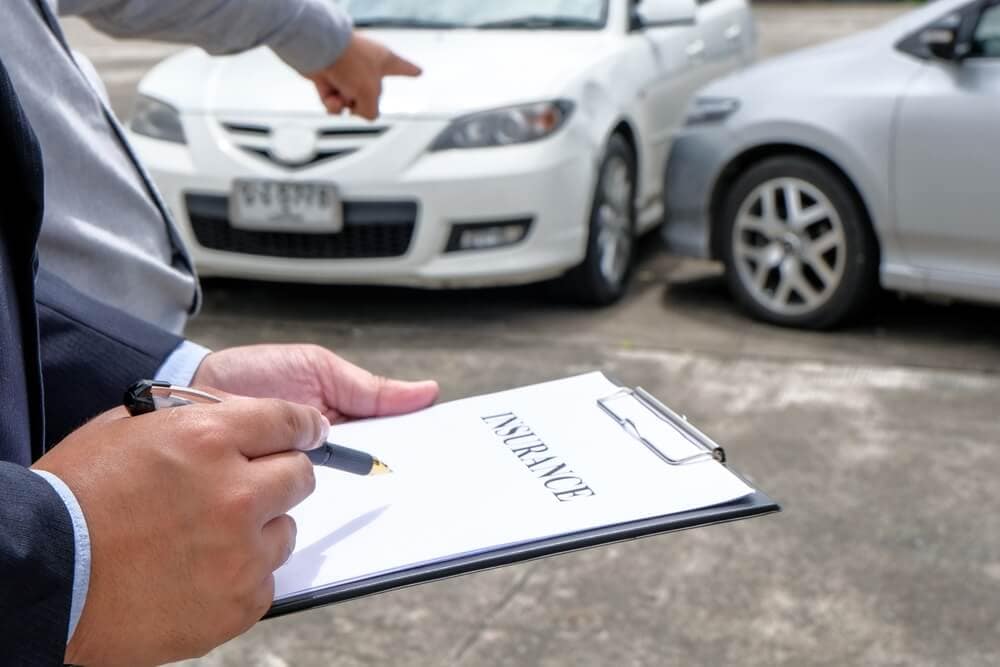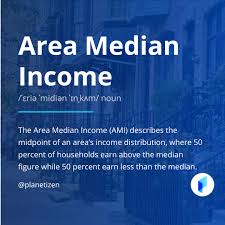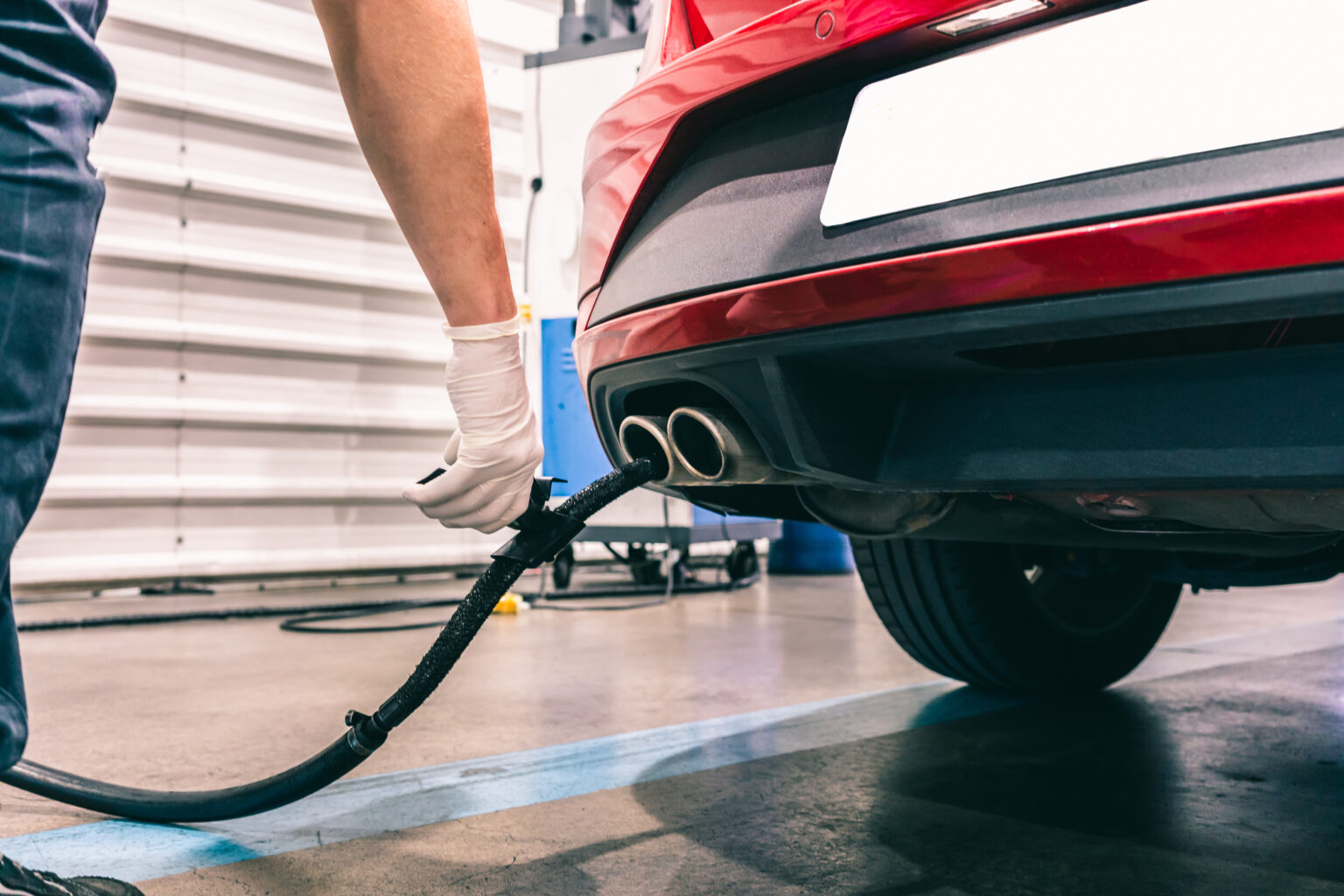Understanding the difference between at-fault and no-fault car accidents can save you time, money, and headaches if you ever find yourself in a collision. Let’s break it down in a friendly, conversational way.
What’s an At-Fault Accident?
In most states, if you’re involved in an accident, one driver is usually deemed at-fault. This means that the responsible driver’s insurance will cover the other party’s injuries and damages. Typically, this is handled through liability insurance.
Key takeaway: If you’re found at fault, your insurer usually pays for the other driver’s property damage and medical bills.
How Do You Determine Fault?
Determining who caused an accident isn’t always simple. Insurance claims adjusters rely on multiple sources, including:
- Police reports
- Witness statements
- Accounts from the drivers involved
- Photos of vehicle and property damage
- State-specific traffic laws
After an accident, prioritize safety first: check that everyone is okay, then take photos and obtain a police report if necessary.
Who Pays in an At-Fault Accident?
When fault is clear, the at-fault driver’s insurance typically covers:
- Property damage
- Medical expenses
- Occasionally, additional damages like pain and suffering
If fault isn’t obvious, a claims adjuster will investigate further to determine liability.
Insurance Impact of an At-Fault Accident
Being responsible for an accident usually increases your insurance premium. Some insurers, like Progressive, offer accident forgiveness programs that prevent your rate from rising under certain conditions. Learn more about accident forgiveness here.
Shared Fault or Comparative Negligence
Sometimes, both drivers share responsibility. Known as comparative fault, each driver may be liable for a portion of damages based on state laws. The compensation each party receives depends on their percentage of fault.
What About No-Fault Accidents?
In no-fault states, each driver’s own insurance covers their medical bills and lost wages regardless of who caused the accident. This is done through Personal Injury Protection (PIP) coverage.
Key takeaway: In no-fault states, determining fault isn’t necessary for medical claims, but vehicle damage is usually still covered by the at-fault driver’s liability insurance.
Who Pays in a No-Fault Accident?
Each driver’s PIP coverage handles their injuries up to the policy limit. Severe injuries may allow lawsuits against the at-fault driver. Property damage is generally covered by the at-fault driver’s liability insurance.
To understand which states follow a no-fault system, check out the Insurance Information Institute’s guide.
Final Thoughts
Whether you live in an at-fault or no-fault state, having the right insurance coverage is essential. Make sure you understand your policy’s limits, accident forgiveness options, and PIP coverage requirements. Being informed helps you navigate accidents with confidence and peace of mind.
External Resources:
- Progressive Accident Forgiveness
- Insurance Information Institute – No-Fault Insurance
- National Association of Insurance Commissioners
Focus Keyword: at-fault vs no-fault accidents
Other Keywords:




